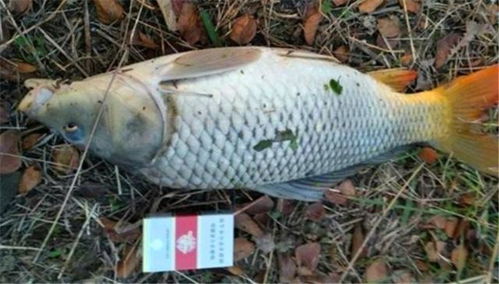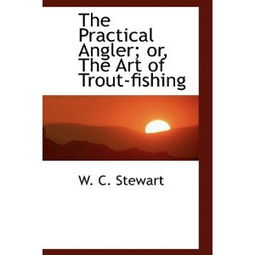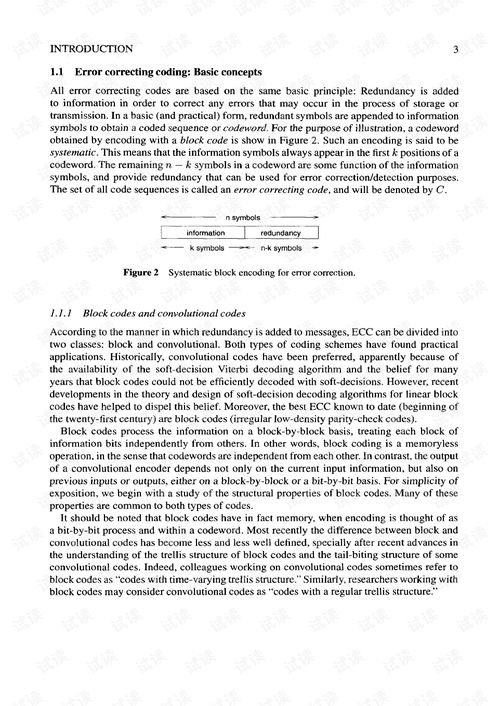Content:
Introduction: Fishing, an age-old pastime, has been a source of relaxation and joy for countless individuals. Whether you are a seasoned angler or a beginner, mastering the art of fishing can significantly enhance your experience on the water. One crucial aspect of fishing that often goes overlooked is the proper tuning of the fish hook. In this article, we will delve into the world of fishing and provide you with expert tips on how to tune your fish hooks for optimal performance.
Understanding the Fish Hook: Before we dive into the specifics of hook tuning, it is essential to understand the basic components of a fish hook. A typical fish hook consists of the following parts:
- Shank: The straight part of the hook that provides the foundation for the rest of the hook.
- Bend: The curved part of the hook where the point is located.
- Point: The sharp tip of the hook designed to penetrate the fish's mouth.
- Barb: The backward curve at the end of the point that helps keep the fish hooked.
Why is Hook Tuning Important? Properly tuning your fish hook is crucial for several reasons:
- Increased Catch Rate: A well-tuned hook is more likely to successfully catch fish due to its ability to penetrate the fish's mouth easily.
- Reduced Hook-Up Loss: An incorrectly tuned hook can cause unnecessary hook-ups with rocks, weeds, or other obstacles, leading to lost lures and decreased enjoyment.
- Improved Fish Handling: A properly tuned hook makes it easier to remove from the fish, reducing the risk of injury to both the angler and the fish.
Step-by-Step Guide to Hook Tuning:
Inspect the Hook:
- Begin by examining the hook for any signs of damage or wear. Ensure that the point is sharp and the barb is intact.
- If necessary, file down any sharp edges or reshape the point to ensure it is effective.
Adjust the Point:
- Hold the hook with the point facing up and gently tap the shank with a hammer to straighten it if it is slightly bent.
- Be cautious not to overdo it, as excessive straightening can weaken the hook.
Check the Gap:
- The gap between the point and the bend of the hook should be wide enough to allow the fish to take the bait but not so wide that the bait falls off easily.
- Adjust the gap by bending the shank slightly if needed. The ideal gap varies depending on the type of bait and fish you are targeting.
Set the Barb:
- Ensure that the barb is set at the correct angle. The barb should be perpendicular to the shank and the point.
- If the barb is not set correctly, it may not effectively hold the fish or could cause injury during removal.
Test the Hook:
- Before heading out on your fishing trip, test the hook on a piece of fruit or vegetable to ensure it is properly tuned.
- The hook should easily penetrate the surface and pull out smoothly without getting stuck.
Expert Tips for Hook Tuning:
Keep it Simple:
Avoid overcomplicating the hook tuning process. Focus on the essential adjustments to ensure optimal performance.
Practice Makes Perfect:
The more you practice tuning your hooks, the better you will become at it. Take the time to learn and refine your technique.
Use the Right Tools:
Invest in a quality hook set, including a file, hook sharpener, and pliers, to make the tuning process easier and more effective.

Be Mindful of the Bait:
Different baits require different hook sizes and gaps. Choose the appropriate hook for the bait you are using to ensure a successful catch.
Stay Informed:
Keep up-to-date with the latest trends and techniques in hook tuning by reading fishing forums, watching instructional videos, and seeking advice from experienced anglers.
Conclusion: Mastering the art of fishing involves not only understanding the basics of fishing techniques but also paying attention to the finer details, such as hook tuning. By following the expert tips provided in this article, you will be well on your way to becoming a more skilled angler. Remember, the key to successful fishing lies in the details, and a well-tuned fish hook can make all the difference in your fishing experience. Happy fishing!












